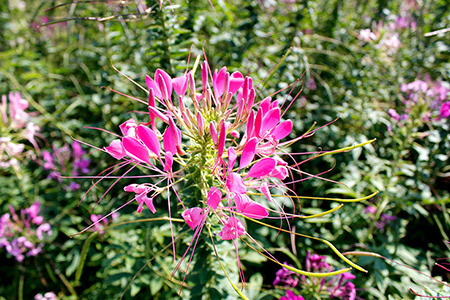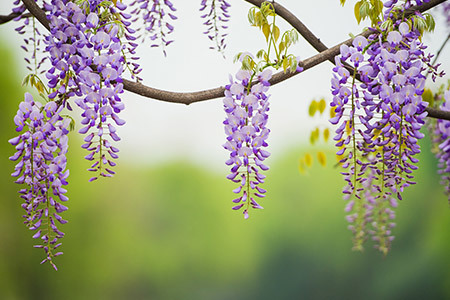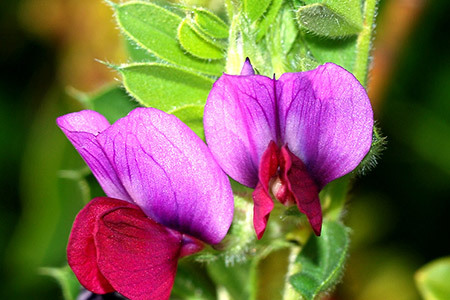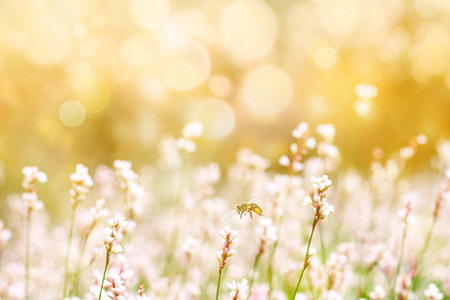Amaranth
American grain amaranth (Amaranthus hypochondriacus), also known as Qiansuogu, is a high-yielding and high-quality forage and food crop belonging to the Amaranthaceae family and Amaranthus genus. It has a very high protein and lysine content, which has attracted attention from countries around the world. Grain amaranth has strong light utilization, rapid growth, high yield and nutritional value, strong adaptability, and is resistant to heat, drought, moisture, salinity, alkalinity, and poor soil. It is an excellent feed for pigs, cattle, sheep, rabbits, poultry, and fish.
Classification:
Forage and green manure seeds
Telephone:
Product Description
American grain amaranth (Amaranthus hypochondriacus), also known as Qiansuigu, is a high-yielding and high-quality forage crop belonging to the Amaranthaceae family and Amaranthus genus. It has a very high protein and lysine content, which has attracted attention from countries around the world. Grain amaranth has strong light and photosynthesis, rapid growth, high yield and nutritional value, strong adaptability, heat resistance, drought resistance, moisture resistance, salt-alkali resistance, and resistance to poor soil, making it a high-quality feed for pigs, cattle, sheep, rabbits, poultry, and fish.
Characteristics of grain amaranth
High grass yield
During the peak growth period, it can grow 5 to 7 cm high in one day. The stems and leaves are lush and can be cut multiple times. With moderate fertility, the fresh grass yield can reach 15,000 to 20,000 kg per mu. It can be used as green feed or dried to make grass powder feed, serving as a substitute for other feeds.
High nutritional value: The leaves of grain amaranth are soft, the stems are tender, and the palatability is good. Timely harvesting of leaves can meet the protein feed standards. The crude protein content is as follows: leaves 25% to 34%, stems 14% to 18%.
Strong resistance and strong regeneration ability
Drought-resistant; salt-alkali resistant; resistant to sand burial; strong disease resistance; strong regeneration. It can quickly regenerate after being cut or broken by strong winds, allowing for 2 to 4 cuts per year.
Low seeding rate
Grain amaranth seeds are small, weighing 0.5 to 0.7 g per thousand seeds, requiring a small seeding rate, thus saving input costs.
Easy to plant
It can be sown shallowly, germinating and growing immediately upon rain, requiring minimal tillage. It is also suitable for aerial sowing and can be intercropped in young forests.
Key points of cultivation technology
Grain amaranth seeds are small and require fine tillage. During tillage, sufficient base fertilizer should be applied, and generally, 2,000 to 3,000 kg of decomposed organic manure should be applied per mu before plowing.
Grain amaranth is not strict about sowing time and can be sown in spring, summer, and autumn. In northern regions, spring sowing is from early April to late May, summer sowing can be done in early to mid-June, and in southern regions, sowing can be done from March to October. Seeding rate: 0.5 kg per mu for seedling cultivation, 1 kg per mu for broadcasting; strip sowing is commonly used, with a row spacing of 30 to 35 cm and a sowing depth of 1 to 2 cm, followed by pressing. A plant spacing of 10 to 15 cm is appropriate, and seedlings can also be transplanted. Timely weeding and thinning should be done during the seedling stage.
Harvesting and feeding
Generally, for green feeding of pigs, poultry, and fish, it should be cut when the plant height is 45 to 60 cm. For feeding large livestock, it should be harvested at the budding stage. When preparing hay and silage, it should be cut during the flowering and seed-setting stages, respectively. Leave a stubble of 15 to 20 cm after cutting, and gradually increase the height to allow new branches to grow from the newly left stem nodes, but do not leave stubble for the last cut. It can be cut 2 to 3 times a year, yielding 5 to 10 tons of fresh grass per mu. The seeds of grain amaranth contain 14% to 19% protein, as well as rich calcium and vitamin C, making them suitable for high-quality concentrate feed. The stems and leaves are rich in crude protein, nitrogen-free extract, and minerals, with low crude fiber content and good palatability. Its nutritional value is comparable to alfalfa and corn seeds, making it a high-quality protein supplement feed. Feeding dairy cows 25 kg of grain amaranth green feed daily can increase milk production by 5.19% compared to feeding corn silage. When feeding fattening pigs, it can replace 20% to 30% of concentrate feed. In pig and poultry diets, the proportion of hay powder can account for 10% to 15%, and in rabbit diets, it can account for 30%, with good feeding effects. Grain amaranth contains a relatively high amount of nitrate, which can convert to nitrite after being piled for 1 to 2 days after cutting, leading to nitrite poisoning when fed. Therefore, the amount of cutting should be determined based on the feeding amount, and it should be fed on the same day after cutting.
Feeding methods
Used as green forage, green feed, for making hay or processing into grass powder and pellet feed, or as leaf powder feed.
Key words:
Immediate consultation
If you are interested in our products, please leave your email, we will contact you as soon as possible, thank you!
Product recommend
RELATED INFORMATION
02
/
12
News dynamics
01
/
30
News dynamics
07
/
17
News dynamics
04
/
18
News dynamics
01
/
19
News dynamics
Urban greening is an important component of urban construction.







